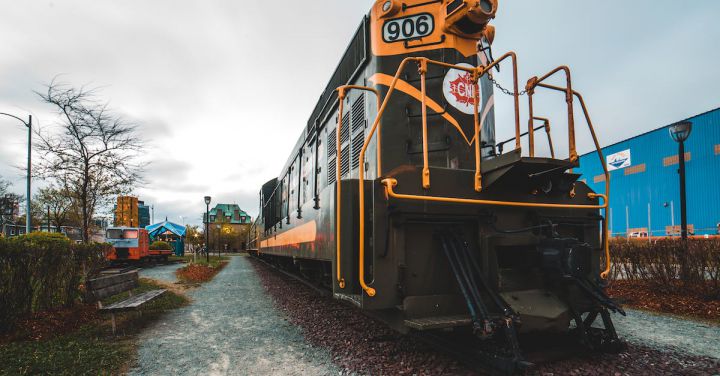Preserving railways is not just about preserving a mode of transportation; it is about preserving a piece of history. Railways have played a vital role in shaping the world we live in today. They have connected people, facilitated trade, and transformed societies. Preserving these railways is both an art and a science, requiring a delicate balance between restoration and conservation.
Preservation is not simply about maintaining the physical infrastructure of railways. It is about capturing the essence of a bygone era and sharing it with future generations. This requires a deep understanding of the history and cultural significance of the railways being preserved. It is an art that requires careful research and attention to detail.
The first step in the preservation process is conducting a thorough assessment of the railway. This involves documenting the existing condition of the tracks, bridges, and buildings. It also involves researching the historical context of the railway, including its original purpose, the communities it served, and any significant events that took place along its route.
Once the assessment is complete, the preservation team can begin the restoration process. This is where the science of preservation comes into play. The team must carefully repair and replace any damaged or deteriorated components of the railway while ensuring that the original character and integrity of the structure are preserved.
One of the challenges of railway preservation is finding the balance between restoration and conservation. Restoration involves bringing the railway back to its original condition, while conservation involves preserving the existing elements of the railway in their current state. Striking this balance requires careful consideration of the historical significance of each element and the overall integrity of the railway.
Preserving the rolling stock is another crucial aspect of railway preservation. Locomotives and carriages are often the most iconic and visually striking elements of a railway. Restoring and maintaining these vehicles requires a combination of technical expertise and artistic skill. The restoration team must not only ensure that the vehicles are mechanically sound but also that they accurately reflect the design and craftsmanship of the era in which they were built.
Preserving railways is not just about the physical structures; it is also about preserving the stories and memories associated with them. Oral histories, photographs, and artifacts all contribute to the rich tapestry of railway history. Collecting and preserving these materials is an important part of the preservation process, as they provide valuable insights into the social and cultural impact of railways.
The art and science of railways preservation extend beyond the physical restoration and conservation work. It also involves engaging with the community and raising awareness about the importance of preserving these historical treasures. This can be done through educational programs, public events, and partnerships with local organizations. By involving the community in the preservation process, the railway becomes a living testament to the past and a source of pride for future generations.
In conclusion, railways preservation is both an art and a science. It requires a deep understanding of history, meticulous attention to detail, and a passion for preserving our heritage. By striking a balance between restoration and conservation, preserving the rolling stock, and engaging with the community, we can ensure that these railways continue to inspire and captivate us for years to come.
